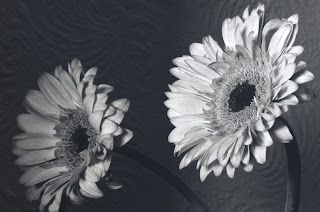From a personal perspective on the 11 November 2011 (11-11-11). Lest we forget, the following, who fell on operational service:
2nd BATTALION, THE ROYAL ANGLIAN REGIMENT
Private T. Anderson, 2nd Battalion of the Royal Anglian Regiment. 24 May 1982. Londonderry City Centre, Northern Ireland.
Major A. French, 2 Battalion of the Royal Anglian Regiment, British Army. 22 May 1986. Near Crossmaglen, South Armagh, Northern Ireland.
Private C. Davies, 2nd Battalion of the Royal Anglian Regiment. 9 July 1986. Near Crossmaglen, Northern Ireland.
Private M. Bertram, 2nd Battalion of the Royal Anglian Regiment. 9 July 1986. Near Crossmaglen, Northern Ireland.
BRITISH D-DAY AND NORMANDY VETERANS
Bob Thompson - Royal Military Police.
Ben Bainbridge - The RAF Regiment.
Alf Mellors - Royal Navy.
John Smith - Royal Navy.
Maxwell Vernon Hirst - East Yorkshire Regiment.
Len Pounder - Pioneer Corps.
Tom Lyons - Royal Army Medical Corps.
Phil Fisher - Coldstream Guards.
Len Wooldridge - Lincolnshire Regiment.
The four lads who fell in Northern Ireland, I personally knew two of them and Major French was the Officer Commanding the Rifle Company that I was attached to.
During the period 1998 - 2002 I undertook a major photographic documentary project with the surviving members of the Hull & District Branch of the Normandy Veterans Association. I got to know all those listed above who survived the horrors of WWII to fade away in old age.
It just seemed very appropriate to upload the above photograph and mention all those who have served their country (some who fell, others who survived but eventually faded away).
The above image is from my The Normandy Veterans - Lest We Forget Project, 1998-2002.
Former 24296655 Cpl TD Betts. 2 Royal Anglian 1979-88.
Copyright of all images displayed upon this blog spot are the exclusive property of Trevor David Betts. All rights reserved.






































